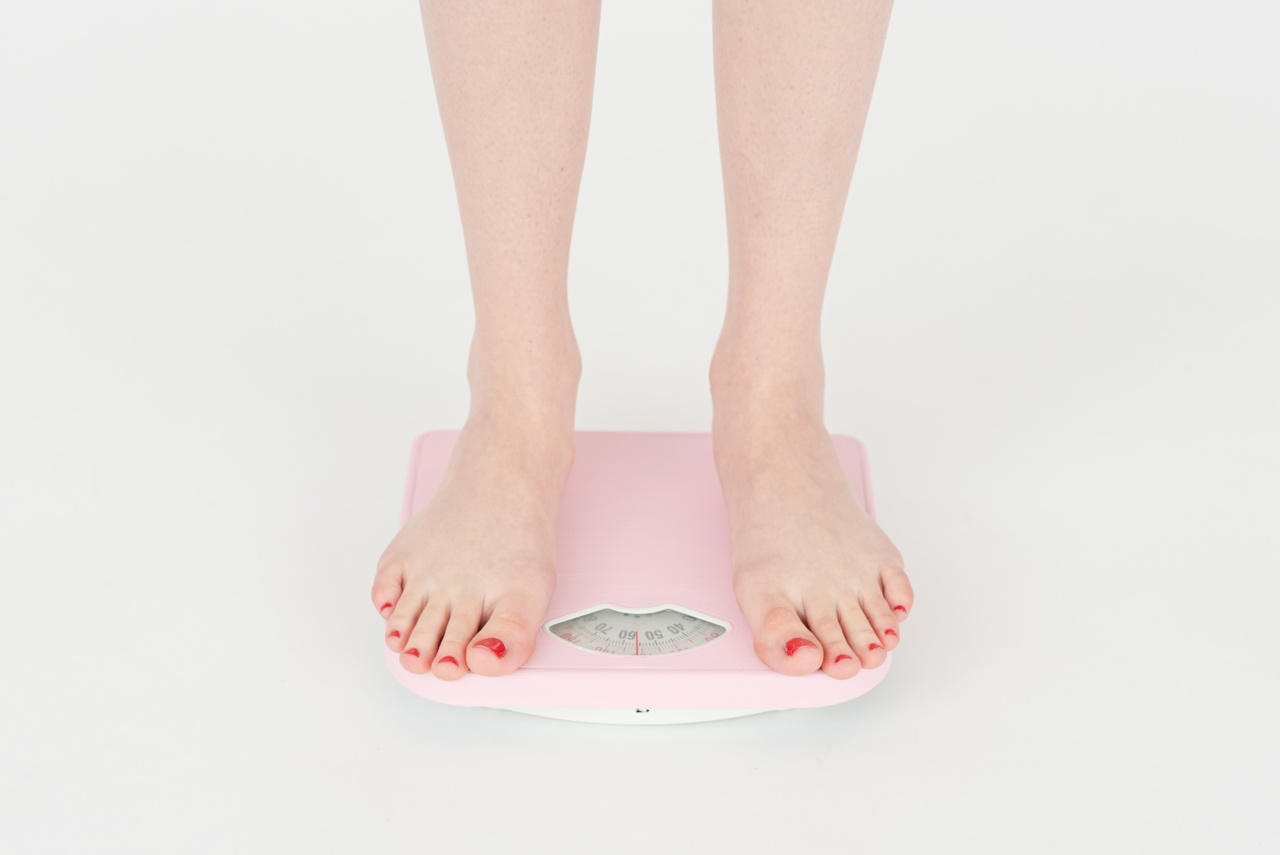High blood pressure, also known as hypertension, is a medical condition that affects millions of people worldwide.
It occurs when the force of blood against the walls of your arteries is too high, leading to potential health problems such as heart disease and stroke. While there are medications available to manage high blood pressure, making dietary changes can also have a significant impact on reducing and controlling this condition.
In this article, we will explore several dietary adjustments that can help tackle high blood pressure.
1. Reduce sodium intake
Sodium, commonly found in table salt, is a major contributor to high blood pressure. It is important to limit your daily sodium intake to less than 2,300 milligrams (mg) or even lower if you have existing hypertension.
Excessive sodium causes your body to retain water, which increases blood volume and subsequently raises blood pressure. Be mindful of hidden sodium in processed and packaged foods, and opt for low-sodium alternatives whenever possible.
2. Increase potassium-rich foods
Consuming potassium-rich foods is beneficial for maintaining healthy blood pressure levels. Potassium helps balance the effects of sodium and diminishes its negative impact on blood pressure.
Incorporate potassium-rich foods into your diet, such as bananas, leafy greens (spinach, kale), tomatoes, avocados, and sweet potatoes. These delicious options not only enhance flavor but also support heart health.
3. Embrace the DASH diet
The DASH (Dietary Approaches to Stop Hypertension) diet has been specifically designed to combat high blood pressure. This eating plan emphasizes fruits, vegetables, whole grains, lean proteins, and low-fat dairy products.
It discourages the consumption of saturated and trans fats, sugary beverages, and high-sodium foods. Following the DASH diet can significantly lower blood pressure and reduce the risk of developing heart disease.
4. Opt for lean proteins
Choosing lean protein sources such as skinless poultry, fish, legumes, and tofu can be beneficial for managing high blood pressure. These options provide essential nutrients without the added saturated fat found in fatty cuts of meat.
Reducing saturated fat intake is essential, as it helps maintain healthy cholesterol levels and reduces the risk of cardiovascular diseases.
5. Incorporate heart-healthy fats
While it is important to limit unhealthy fats, it is equally crucial to incorporate heart-healthy fats into your diet. These fats, such as monounsaturated and polyunsaturated fats, can help lower blood pressure and reduce inflammation.
Foods rich in heart-healthy fats include olive oil, avocados, nuts, seeds, and fatty fish like salmon and mackerel.
6. Limit caffeine and alcohol intake
Caffeine and alcohol can have varying effects on blood pressure. While caffeine intake may temporarily increase blood pressure, the long-term effects are unclear. It is recommended to moderate caffeine consumption and monitor how your body responds.
Similarly, excessive alcohol consumption can raise blood pressure and also interfere with the effectiveness of blood pressure medications. Limit alcohol intake to moderate levels or as advised by your healthcare provider.
7. Reduce added sugars
Overconsumption of added sugars can contribute to weight gain, obesity, and high blood pressure. Sweetened beverages and processed snacks are common sources of added sugars. Read food labels carefully, as sugar can be disguised under various names.
Opt for natural sweeteners like honey or enjoy fresh fruits to satisfy your sweet tooth while limiting added sugar intake.
8. Manage portion sizes
Controlling portion sizes is crucial when it comes to maintaining a healthy diet and managing blood pressure. Overeating can lead to weight gain and increased blood pressure.
Be mindful of portion sizes, especially when consuming calorie-dense foods like desserts or high-fat meals. Consider using smaller plates and being aware of your body’s hunger and fullness cues.
9. Keep a food diary
Sometimes it can be challenging to keep track of your dietary habits and identify areas for improvement. Keeping a food diary can help you monitor your food intake, identify patterns, and make necessary adjustments to your diet.
Note down everything you eat and drink throughout the day and track your blood pressure readings alongside. This will provide a valuable insight into the relationship between your diet and blood pressure levels.
10. Seek guidance from a healthcare professional
If you have high blood pressure or are looking to prevent its onset, it is essential to consult with a healthcare professional or a registered dietitian. They can provide personalized advice based on your specific needs and medical history.
They will also help you create a dietary plan that aligns with your goals, preferences, and lifestyle.




























